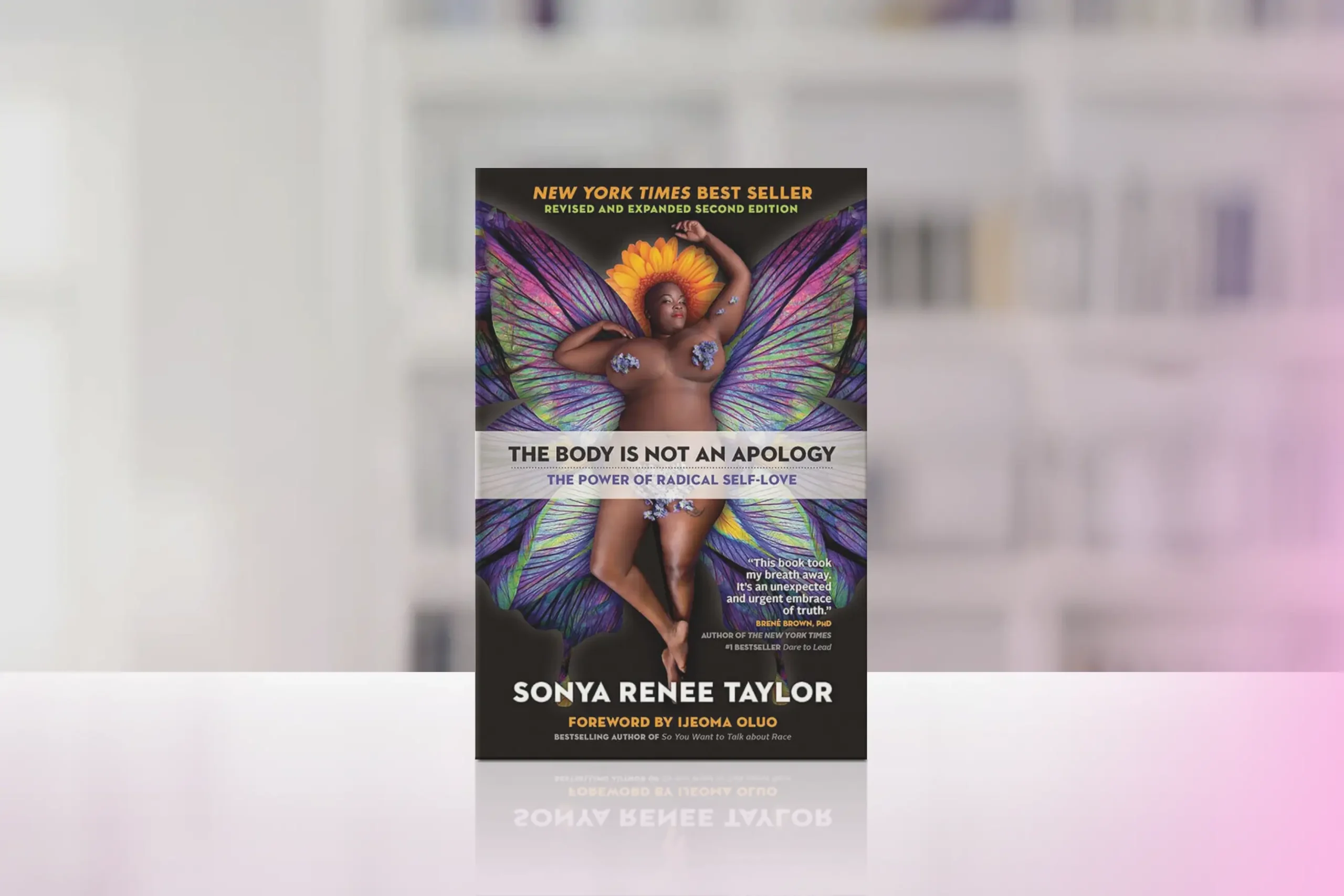Feeling exhausted and unproductive lately? You’re not lazy—you’re burned out. Learn to recognize the key differences, understand why it matters for your health, and discover practical recovery strategies without overhauling your entire life.
Inside this article:
It’s Not You — It’s Burnout
It’s 2 PM on a Tuesday and you’re staring at your laptop screen like it personally wronged you. That presentation you could’ve banged out in 30 minutes last year? Now it feels like climbing Mount Everest in flip-flops. Your brain feels like cotton candy, your motivation has left the building, and somewhere in the back of your mind, that little voice whispers: Maybe I’m just lazy.
Here’s the plot twist your inner critic doesn’t want you to know: You’re not lazy. You’re burned the hell out.
That voice telling you you’re not trying hard enough? It’s lying. The difference between “I don’t want to” and “I literally cannot” isn’t laziness—it’s your nervous system waving a white flag. And here’s something that might surprise you: 82% of workers are experiencing burnout right now, so welcome to the extremely crowded club nobody wanted to join.
By the end of this, you’ll understand exactly why your brain has gone on strike and how to negotiate its return without becoming a goat farmer in Vermont.
If you’re struggling with overwhelming feelings alongside burnout, learning about Understanding and Managing Anxiety in Daily Life can help you distinguish between anxiety symptoms and burnout fatigue, giving you clearer strategies for addressing both.
Key Takeaway: That voice calling you lazy is wrong. What you’re experiencing is burnout, and 82% of workers are experiencing it too. Your brain isn’t broken; it’s overwhelmed.
2. The Great Burnout Epidemic
Why your brain isn’t broken (it’s just really, really tired). Lazy people have been consistently lazy their whole lives. You? You used to color-code your calendar and get genuine joy from checking things off lists.
What actually happened wasn’t a personality transplant—it was a complete energy system breakdown.
- Burnout: You started with a full tank of motivation, but nobody told you there wasn’t a gas station for 500 miles
- Your brain on burnout: Like a phone at 1% battery for three months—technically working, but barely
- World Health Organization (WHO)’s take: They classified burnout as “chronic workplace stress that hasn’t been successfully managed”
The Three Burnout Characteristics:
- Exhaustion: Not “I need coffee” tired, but “I need a coma” tired
- Cynicism: When you feel personally offended by meetings that could’ve been emails
- Inefficacy: That crushing feeling you couldn’t organize a one-person parade
Research has found that 25% of all Americans are burn’t out before 30. Gen Z and Millennials are hitting peak burnout at 25—that’s a whole generation running on fumes.
To understand how changing your mindset can accelerate recovery, explore Growth Mindset: How to Develop a Mindset for Success and Resilience, which shows you how to reframe setbacks as learning opportunities rather than personal failures.
Key Takeaway: Burnout isn’t a character flaw—it’s a legitimate medical condition. If you used to be productive and now you’re struggling, your system is overwhelmed, not broken.
3. Why It Matters More Than You Think
Calling yourself lazy is making everything worse. Every time you tell yourself you’re lazy, you’re gaslighting your own nervous system. But here’s why this is more dangerous than you think.
The Research Reality:
- According to Gallup: Burned-out workers are 57% more likely to call in sick
- Harvard Business Review found that people 2.6 times more likely to job hunt (but changing jobs won’t fix burnout patterns)
- Research found that 40% higher chance of developing hypertension
Your immune system stages its own rebellion through:
- Mysterious headaches
- Stomach issues
- That weird back pain that appeared from nowhere
The Identity Crisis:
When you’ve built your sense of self around being “the productive one,” burnout feels like losing yourself entirely. You wonder where the person who had it all together went.
Understanding the difference isn’t semantic—it’s the difference between trying to fix something that isn’t broken (you) and addressing what’s wrong (unsustainable operating patterns).
Since burnout often manifests through physical symptoms, reading The Connection Between Nutrition and Mental Health will help you understand how simple dietary changes can support your mental recovery and energy levels during the healing process.
Key Takeaway: Calling yourself lazy when you’re burned out creates a harmful cycle that prevents real healing. The health consequences are serious—this isn’t about motivation, it’s about survival.
4. The Burnout Recovery Playbook
How to bring your brain back from the abyss (without quitting everything). When a therapist first suggests burnout rather than just “a rough patch,” the common response is, “But I should be able to handle this.” That “should” is the first thing to go.
Step 1: Admit You’re Human
- Stop trying to power through
- Get blood work done (rule out thyroid, vitamin deficiencies)
- Practice the mirror test: Say “I’m burned out” without adding “but I should handle this”
Step 2: Create Boundaries
- Work: No emails after 7 PM
- Energy: Stop saying yes to everything like an eager golden retriever
- Practice saying “no” until it stops feeling like disappointing your kindergarten teacher
Step 3: Treat Your Body Right
- Sleep like your life depends on it (less than 6 hours = 2.5x more mental distress)
- Move your body for brain happiness, not marathon training
- Eat like you’re feeding someone you love
Step 4: Find Your People
- Support system audit: Who makes you feel less crazy?
- Professional backup when needed
- Find your tribe of recovering productivity addicts
Recovery takes months to years—not meant to discourage, but to stop you expecting overnight fixes.
If setting boundaries feels impossible or triggers guilt, Building Confidence and Self-Esteem: Simple Steps for Lifelong Empowerment provides specific techniques to strengthen your inner foundation, making it easier to say no without feeling like you’re disappointing everyone.
Key Takeaway: Recovery requires admitting you’re human, setting boundaries, caring for physical needs, and building support. The timeline is long, but every small step rebuilds your capacity.
5. Tools to Rebuild Energy and Motivation
Small moves that don’t require a life overhaul.
This Week’s Tiny Habits:
- Set a timer for 5 minutes and do something that brings actual joy (not productivity joy)
- Energy audit: Notice when you feel most drained—after which meetings, people, tasks?
- Pick ONE thing to say no to this week
Anti-Burnout Habits:
- Morning ritual that isn’t checking your phone (even 30 seconds looking out the window)
- Midday reset: one deep breath, one sip of water, one human reminder
- Evening shutdown: actual end to workday (your kitchen table isn’t your office at 8 PM)
Survival Kit for Bad Days:
- Permission to suck—some days you’ll do bare minimum and that’s necessary
- Comfort menu of pre-planned soothing activities
- Emergency contacts who’ll remind you you’re not lazy when your brain lies
Focus on making it through today without adding shame to the mix.
For a deeper dive into creating lasting change without overwhelming yourself, The Power of Habit: How to Build and Break Habits for Growth reveals the science behind why small habits compound into major transformations, perfect for sustainable burnout recovery.
Key Takeaway: Small, consistent actions beat grand gestures. Focus on tiny rebellions against burnout culture, build habits gradually, and prepare for inevitable difficult days.
6. Redefining Success After Burnout
You’re not broken, lazy, or weak. You’re a human who gave everything until nothing was left—that’s heroic in a tragic, unsustainable way.
The Reality:
- Recovery isn’t about becoming more productive—it’s about becoming more human
- Your worth isn’t measured in output
- Your value doesn’t decrease when your energy does
Start your journey towards a better you
Pick one thing from this article and do it today. Not tomorrow, not when you “have time”—today. The person you’re becoming deserves that commitment:
- The one with boundaries
- The one who rests without guilt
- The one who knows the difference between lazy and tired
You will feel like yourself again. It might not be the same self, but it’ll be one who knows how to exist without burning up in the process.
Remember: You’re not broken, lazy, or weak—you’re human who gave everything until nothing was left. Recovery means becoming more human, not more productive. Choose one action today and start building toward sustainable thriving.
Related articles
Understanding and Managing Anxiety in Daily Life
Distinguish anxiety symptoms from burnout fatigue
The Science of Wellbeing: How Positive Psychology Can Transform Your Life
Evidence-based strategies for mental health recovery
Emotional Wellbeing: Managing Stress, Anxiety, and Burnout
Complete toolkit for stress management and prevention
How to Achieve Work-Life Balance and Avoid Burnout
Practical boundaries between work and personal time
The Power of Habit: How to Build and Break Habits for Growth
How making small changes can help create burnout recovery
Further reading
“The Body Keeps the Score” by Bessel van der Kolk
Understanding trauma’s impact on the body
“Burnout” by Emily and Amelia Nagoski
Science-based approach to completing the stress cycle
“Atomic Habits” by James Clear
Building sustainable habits for lasting change
“Self-Compassion” by Kristin Neff
Learning to treat yourself with kindness during recovery
“Boundaries” by Dr. Henry Cloud and Dr. John Townsend
Essential guide to healthy limit-setting





